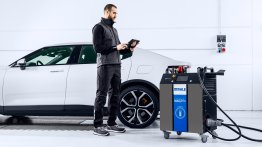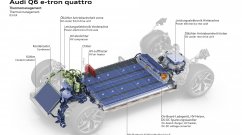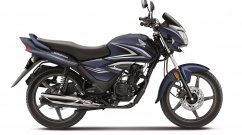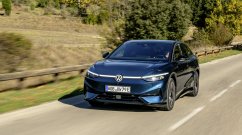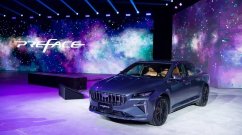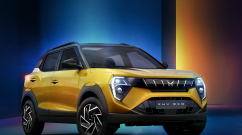The global automotive industry is undergoing a seismic shift towards electric vehicles (EVs). As concerns about climate change and air pollution intensify, consumers and governments alike are embracing cleaner transportation solutions. This article delves into the booming EV market in India and Oceania, exploring recent sales trends, government initiatives, and the challenges that lie ahead on the road to widespread adoption. We'll draw comparisons between the two regions and analyze their potential for becoming EV powerhouses.
The Rise of EVs in Asia
There's no denying that Asia is leading the charge in the global EV revolution. A recent surge in sales across the continent has solidified its position as the undisputed leader in both EV production and sales. China, a powerhouse in manufacturing, is at the forefront of this movement, churning out a significant portion of the world's electric vehicles. Japan, with its long history of innovation in the automotive sector, is another key player, boasting established car manufacturers like Toyota and Nissan who are now major contenders in the EV space.
A significant factor accelerating EV adoption in Asia is the active role played by governments. Many Asian countries have implemented generous subsidies and policies that make EVs more affordable and attractive to consumers. These incentives, coupled with growing environmental awareness, are propelling the region towards a future dominated by electric mobility.
India's EV Revolution
India, the world's most populous nation, is also witnessing an exciting phase in its EV journey. The Indian government's initial push for EVs came in the form of FAME (Faster Adoption and Manufacturing of Electric Vehicles), a scheme that offered subsidies and tax benefits to boost EV sales. These efforts are now bearing fruit, with a recent surge in EV sales across the country. Popular models like the Tata Nexon EV and Mahindra XUV400 are finding favor among Indian consumers, signaling a shift in preferences. For an analysis of how this rise in EVs is impacting the used car market, refer to our previous article here.
However, India's EV market also faces its share of challenges. The lack of widespread charging infrastructure, the high cost of batteries compared to traditional fuel options, and a need for greater consumer awareness regarding EVs are just a few hurdles that need to be addressed. Overcoming these obstacles will be crucial in ensuring the long-term success of India's EV revolution.
Electrifying Oceania: Australia and New Zealand
Compared to India's burgeoning EV market, Australia and New Zealand have seen a slower pace of adoption. Factors like lower fuel prices and the vast geographical landscapes of these countries have contributed to this lag. However, there are signs that consumer interest in EVs is growing steadily in Oceania. Recent surveys and market reports indicate a rising demand for electric vehicles among environmentally conscious consumers.
Recognizing this shift, governments in Australia and New Zealand are taking steps to boost EV adoption. Initiatives focused on developing charging infrastructure and offering subsidies are paving the way for a more electrified future in Oceania.
A Comparative Analysis
A closer look reveals some key differences between the EV markets of India and Oceania. The Indian market, with its sheer size and population, boasts a much larger potential customer base for EVs. Consequently, the growth rate in India's EV market is expected to be significantly higher compared to Oceania. Consumer preferences in the two regions also differ. While two-wheeler EVs like scooters are popular choices in India, car sales are likely to dominate the EV market in Oceania. Additionally, the state of charging infrastructure development is far more advanced in India compared to Australia and New Zealand.
The Road Ahead
Both India and Oceania have their work cut out for them in ensuring the widespread adoption of EVs. Overcoming challenges related to charging infrastructure, battery costs, and consumer awareness will be critical. Collaborative efforts between governments, automakers, and private businesses are essential to create a robust ecosystem that supports the growth of the EV market.
The global success of the Tesla Model Y, recently crowned the world's best-selling car in 2023, serves as a testament to the growing consumer demand for high-performance EVs. This trend is likely to continue, further fueling the global EV revolution.
In conclusion, the future of mobility in India and Oceania appears to be electric. By addressing existing challenges and leveraging the potential of this clean technology, both regions can pave the way for a more sustainable transportation landscape.
